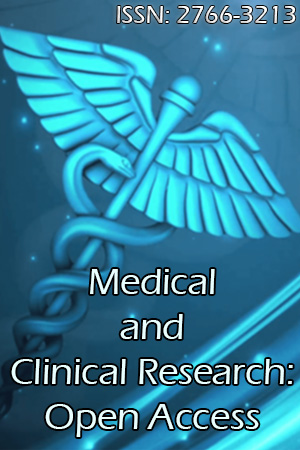The Role of Thyroid Scintigraphy in Infants with Congenital Hypothyroidism: Our Experience at Royal Hospital, Oman
Asya S. Al-Busaidi, Naima K. Al-Bulushi, Khalsa Z. Al-Nabhani.
Objectives: The early diagnosis and treatment of congenital hypothyroidism is critical, to avoid detrimental outcomes such as mental retardation. Thyroid stimulating hormone (TSH) level is the usual diagnostic screening test; however, thyroid scintigraphy helps identify etiologies of the disease there by determining different management plans. The aim of this descriptive retrospective study is to evaluate thyroid scintigraphy findings in newborns and children with biochemical evidence of congenital hypothyroid and to assess the impact of thyroid scintigraphy findings on the long-term management of those patients. Methods: Retrospective review of 101 infants with congenital hypothyroidism (CH) who were initially diagnosed biochemically, and then underwent thyroid scintigraphy, between 2010 and 2015 at a tertiary hospital in Oman. Patients’ data was collected from the hospitals’ database and then analyzed using statistical package for social sciences (SPSS). Results: 8.9 % (9/101) patients had the thyroid scintigraphy up to 7 days of life, whereas 91.1% (92/101), were performed after the age of 3 years. The performed scintigraphy revealed five different findings which included dyshormonogenesis, ectopia, agenesis, reduced and normal % of Tc-99m pertechnetate uptake in the thyroid gland. The most common cause of congenital hypothyroidism in this cohort was ectopic sublingual thyroid, 32.6% (33/101), and the ratio of female to male was 1.29:1, in keeping with international figures. However, in this cohort the Dyshormonogenesis was the cause of congenital hypothyroid in 29.7% (30/101) patients, which is higher than that known internationally and can be probably attributed to the high rate of consanguineous marriage in the country. 39.6% (40/101) patients required alteration in management (increase or decrease thyroid hormone dosage, start, or discontinue the treatment) based of thyroid scintigraphy, US and serial TFT. There was a statistical significance (p-value= 0.000) between scan findings and the need to change the treatment plan following the scan. Conclusion: Thyroid scintigraphy is an essential part of screening program for congenital hypothyroidism and useful in differentiating the causes of congenital hypothyroidism thus essential for proper management plans. We, therefore, highly advise to increase the awareness of early utilization of thyroid scintigraphy in congenital hypothyroidism screening.
View pdf
